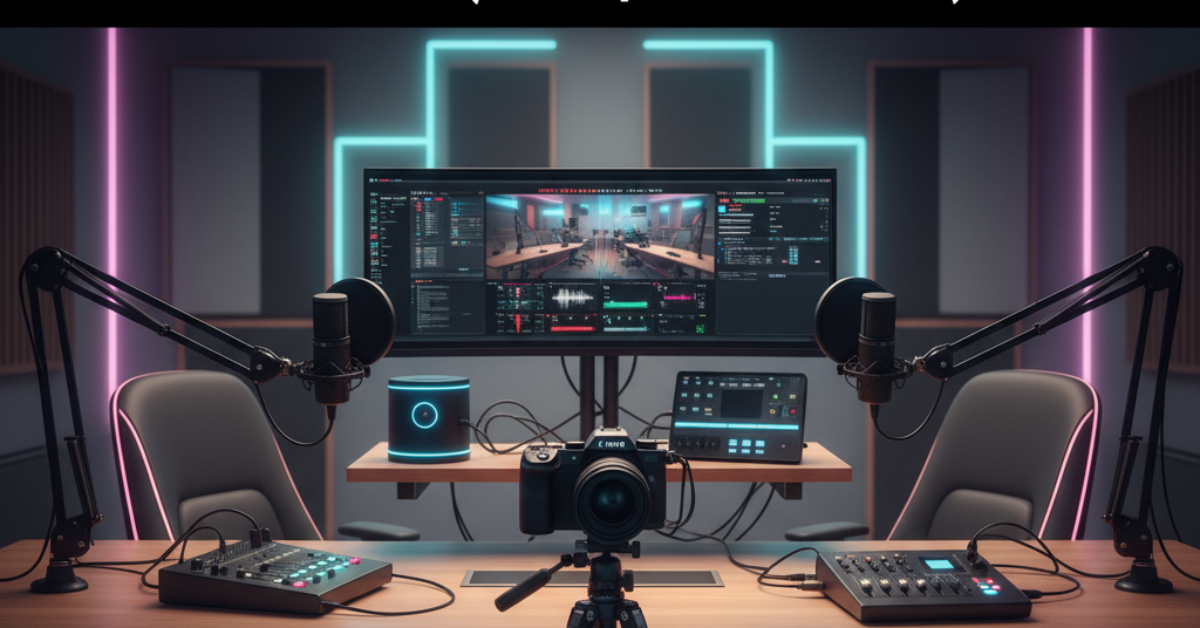Why Native Human Translation Beats Machine Translation for Bengali?
Oct 21, 2025, Nishi SinghImagine reading a poem by Rabindranath Tagore, the Nobel laureate whose words shaped Bengali literature. The lines are supposed to evoke a monsoon sky and a feeling of deep longing. Instead, the translation reads like a weather report: "Sky is cloudy. Rain is imminent. Heart feels sad." The essence is gone. The art is lost. All that remains is a sterile, literal interpretation.
This is the risk we run when relying solely on algorithms for language. While machine translation has made incredible strides, it often fails to capture the soul of a language, especially one as rich, nuanced, and culturally layered as Bengali. For businesses and individuals who need their message to resonate, understanding the limitations of machine translation is key. This is where the debate of native human translation versus machine translation for Bengali becomes critical.
Machine Translation Bengali Limitations
Machine translation (MT) tools are fast and accessible. For getting the general gist of a simple phrase, they can be helpful. However, when accuracy, context, and professionalism are on the line, their weaknesses become glaring liabilities.
Bengali, with its complex grammar, honorifics, and vast idiomatic expressions, presents a unique challenge for AI. An algorithm can process words, but it can't understand intent, emotion, or cultural subtext.
Common pitfalls of machine translation for Bengali include:
- Literal but Lifeless: MT often translates word-for-word, missing idiomatic phrases entirely. The Bengali phrase "ঘোড়ার ডিম" (ghorar dim), which literally means "horse's egg," is used to mean "nonsense" or "nothing." A machine might translate it literally, leaving the reader utterly confused.
- Ignoring Honorifics: Bengali has a sophisticated system of honorifics to show respect based on age and social standing (e.g., আপনি, তুমি, তুই - all meaning "you"). A machine cannot discern the appropriate level of formality, leading to translations that can seem disrespectful or awkwardly informal.
- Cultural Blindness: A machine doesn't know that a legal document in Bangladesh requires different terminology than one in West Bengal. It can't grasp the subtle cultural references in marketing copy that make a brand feel local and authentic. This lack of cultural IQ is one of the most significant machine translation Bengali limitations.
These errors aren't just awkward; they can have serious consequences. A mistranslated legal contract can be voided, a botched medical instruction can endanger a patient, and a clumsy marketing campaign can alienate an entire audience.
Benefits of Native Human Translation for Bengali
This is where the argument for why human translation is better for Bengali gains its strength. A native Bengali translator isn't just a bilingual individual; they are a cultural bridge. They grew up with the language's rhythms, its proverbs whispered by grandparents, and its formal tones used in official documents.
Capturing Nuance and Context
One of the core human translation benefits for Bengali is the ability to interpret context. A human translator understands that the word "ভালো" (bhalo) can mean "good," "well," "okay," or even serve as a gentle dismissal, depending entirely on the situation. They read between the lines, ensuring the translated message carries the original intent and emotional weight. They can adapt a clever marketing slogan from English into a culturally relevant Bengali equivalent that truly connects with the target audience.
Ensuring Accurate Bengali Translation
For technical, legal, or medical documents, precision is non-negotiable. An expert in native human translation Bengali possesses not only linguistic fluency but also subject-matter expertise. They understand the specific terminology required for a pharmaceutical patent, a software user manual, or a financial report. They maintain glossaries and stay updated on evolving industry jargon to guarantee that every term is translated with unerring accuracy. This level of specialization is something a generalist algorithm simply cannot replicate.
Creativity and Problem-Solving
What happens when a concept has no direct equivalent? A machine gets stuck or produces a nonsensical phrase. A human translator, however, becomes a creative problem-solver. They can use a descriptive phrase, adapt a local concept, or coin a new term that feels natural and intuitive to a Bengali speaker. This ability to think critically and creatively is a uniquely human skill.
The difference is clear: a machine processes data, while a human understands communication. For a language as expressive as Bengali, that difference is everything.
The Final Word: For Authenticity, Choose Human Expertise
While technology is a powerful tool, it remains just that—a tool. It lacks the judgment, cultural wisdom, and artistic sensibility required for high-stakes translation. The intricate dance of words, context, and culture in the Bengali language demands a human touch to be performed correctly. For truly accurate Bengali translation that protects your brand's reputation and ensures your message is heard as intended, the expertise of a native speaker is irreplaceable.
When precision and authenticity are paramount, you need a partner you can trust. For years, myTranscriptionPlace has been a trusted leader in providing translation services. Our commitment to using native, subject-matter experts ensures that your complex documents are handled with the cultural sensitivity and linguistic precision they deserve, preserving the soul of your message every time.
Our Popular Services
Human Transcription | Automatic Transcription | Interactive Transcription | Human Translation | Spanish Transcription | Focus Group Transcription Services | Qualitative Data Analysis | Medical Transcription Services | Technical Translation Services | Closed Captioning Services | Accurate Transcription Services | Video Transcription Services.
FAQs:
What makes native human translation better than machine translation for Bengali?
Native translators grasp cultural and linguistic subtleties that machines miss, ensuring accurate and authentic Bengali translation.
How does cultural context improve Bengali translations?
Cultural context helps translators use the right expressions and honorifics, making the message clear and relatable for local audiences.
Can machine translation capture Bengali dialects accurately?
No, machine translation usually misses regional dialects and unique expressions, leading to errors.
Why is human translation more reliable for complex Bengali text?
Human translators have the expertise to handle complex terms, nuances, and ambiguity, providing precise and reliable Bengali translations.






